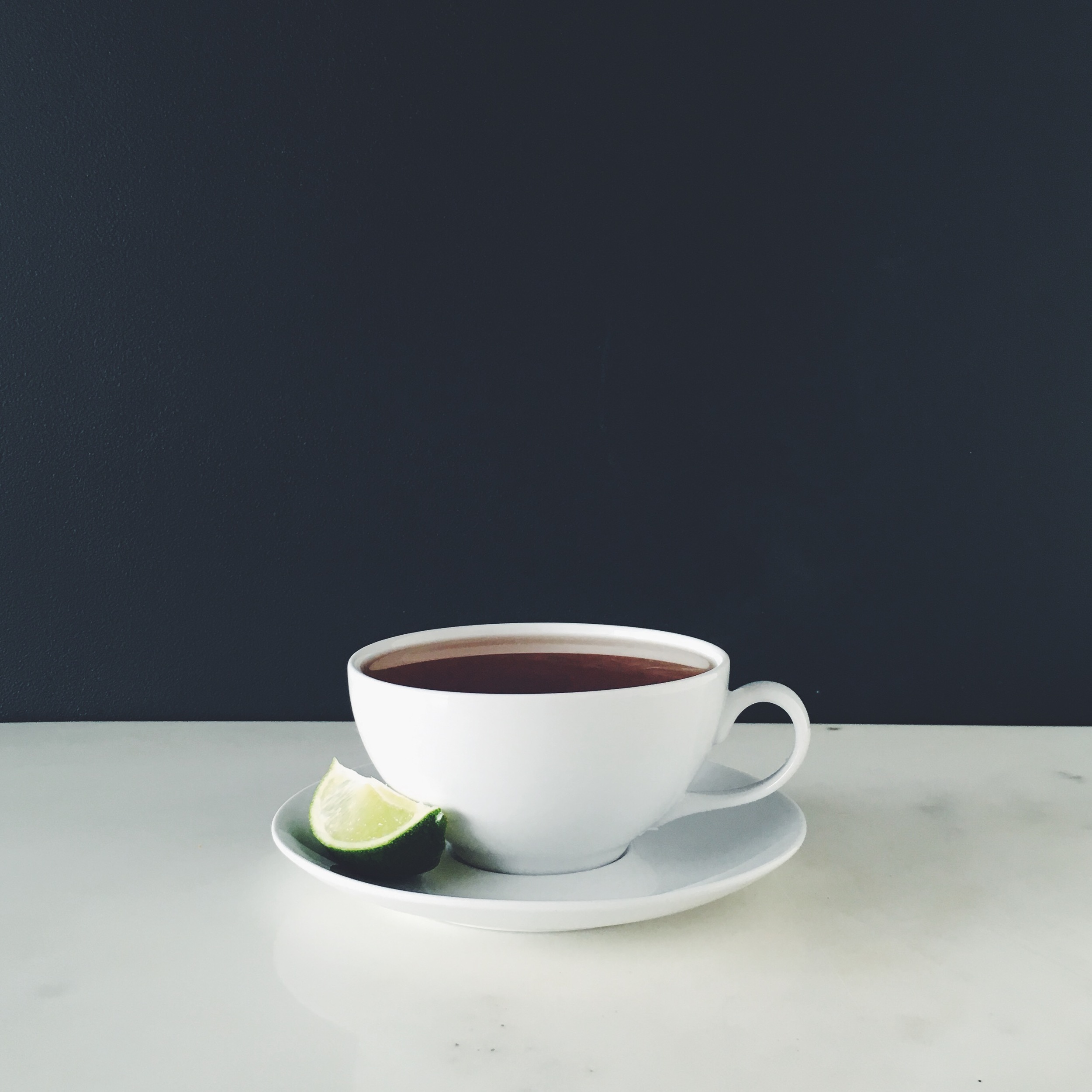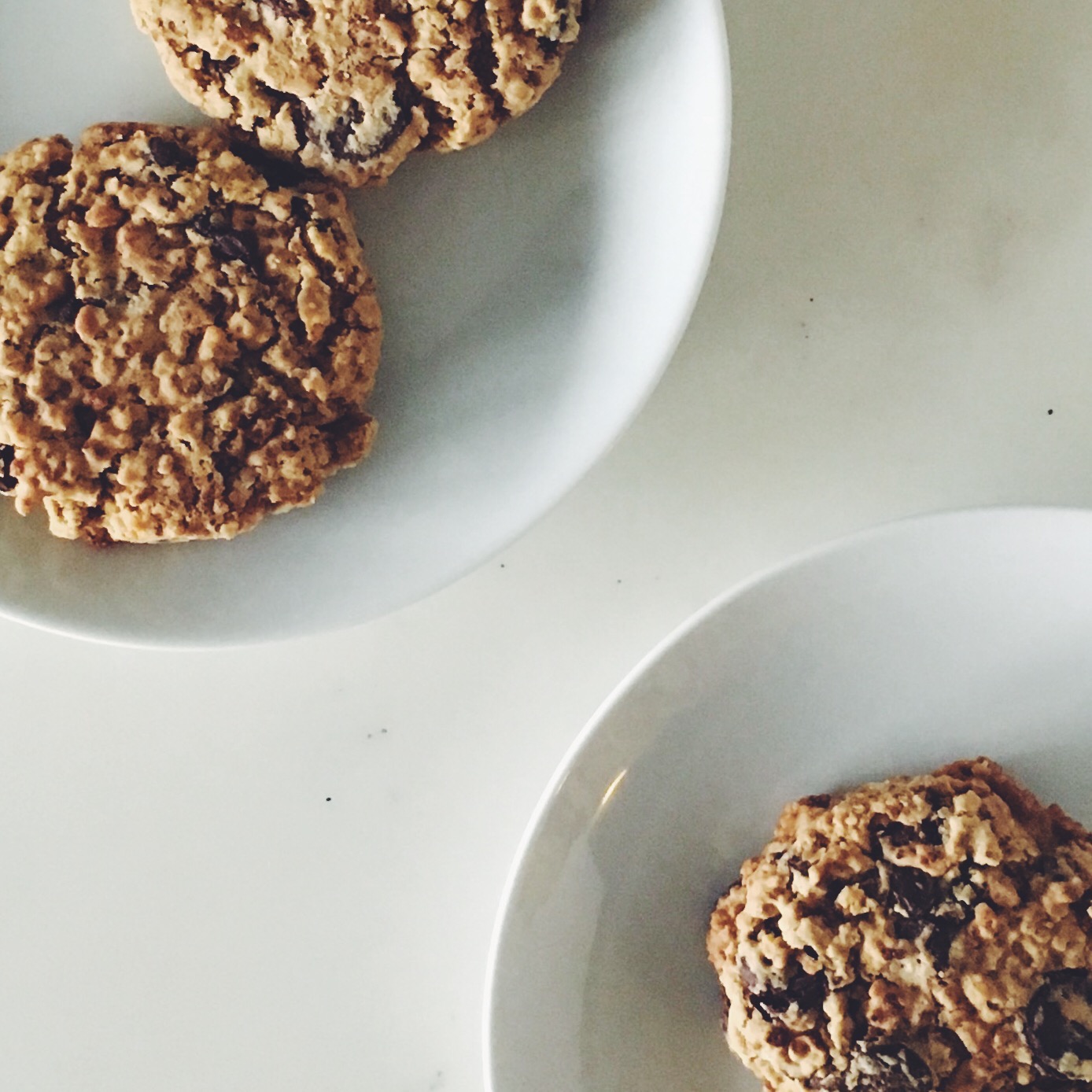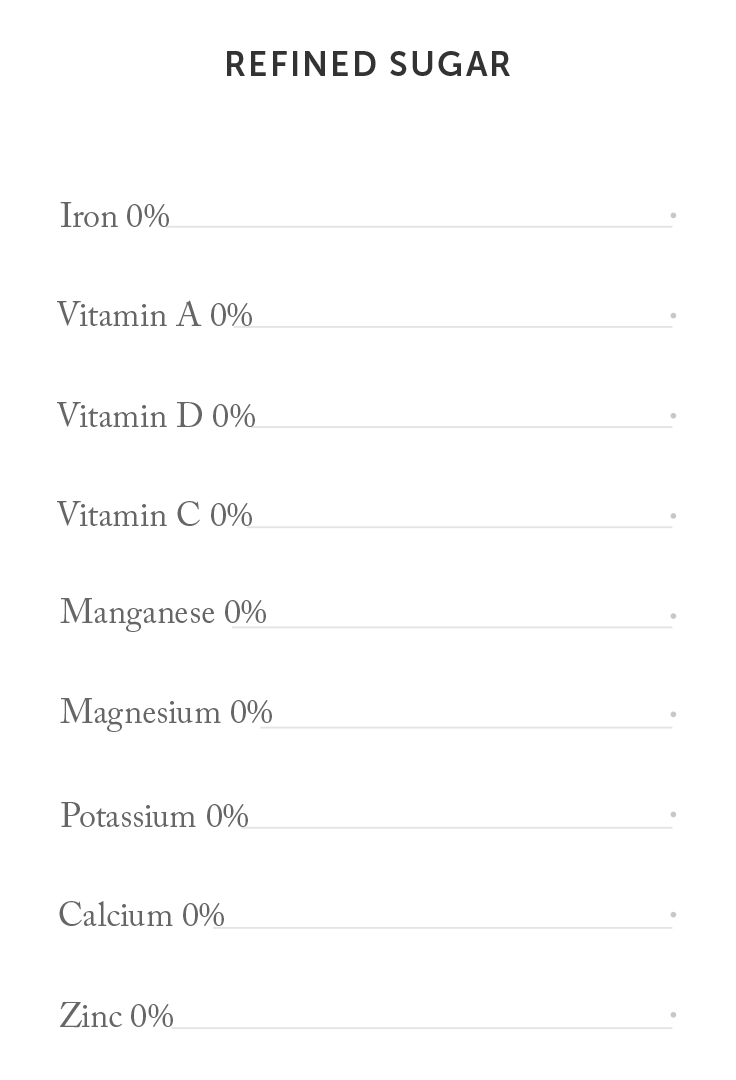Panela is raw, unrefined cane sugar from Colombia
With a lightly sweet molasses taste and warm, caramel undertones. It's a unique ingredient that's flavorful and aromatic.
Panela has been traditionally handmade for centuries by dehydrating raw sugarcane juice over low heat. Because it's made in such a simple way, it retains the flavorful and nutrient rich molasses from sugarcane. The molasses in panela gives it it's distinct flavor as well as some naturally occurring vitamins, minerals, and antioxidants.
Panela producers use innovative pulverizing techniques that further dehydrate panela into a pulverized powder, making it easier to use in coffee, baking and cooking, while still being artisanally made and preserving all the benefits in traditional bricks.
How to use panela
Panela can be used as a 1:1 replacement for almost any sugar. Use it in coffee, cocktails, baking, cooking and anywhere else you would normally use brown or white sugar. ✨
Coffee loves panela
Panela compliments and balances the subtle flavors in coffee without being overly sweet. Since panela is made in a simple, natural way, like coffee, the flavor and aromas can vary slightly depending on where it's from. Some panela tastes more fruity or floral, others more like caramel or burnt sugar.
A lot of care an attention goes into growing, roasting and brewing coffee, our panela is just as thoughtfully produced and sourced. ☕️
Agua Panela
Panela is the main ingredient in a popular Colombian drink called Agua Panela. It's served either hot or cold depending on what region of Colombia you're in. Served cold, it's kind of like a limeade that tastes more like a super refreshing iced-tea. Served hot, it tastes like a warm sweet-tea. Just mix panela with water and add lime.
Or add some rum and make it a cocktail. 🍹
Sweeten smoothies and green juices
Panela is a great way to sweeten smoothies and green juices. It has a lower glycemic index and lower fructose levels than other sugars and sweeteners. 🍍 🍇 🍏
Baking and cooking
Explore new flavors or reinvent recipes by using panela as a 1:1 replacement for white and brown sugar. Panela is great in both sweet and savory dishes, everything from baked goods marinades. Check out some of our favorite things made with panela. 🍰 🍪 🍨
Shop Favorites
How panela is made
Panela has been traditionally handmade for centuries by dehydrating raw sugarcane juice over low heat until it’s a thick syrup, then cooling the syrup into bricks. The low heat fires are fueled by sugarcane stalks that are dried in the sun after harvesting and pressing, making it a very sustainable process.
This process originated in India, dating as far back as 510 BC, and was used in trapiches, sugarcane mills, when production started in South America around the 1700s. Most panela is still artisanally made in trapiches today. For more on traditional panela bricks, check out this great article from Serious Eats.
Up until recently, panela was only sold in bricks. However, today panela producers use innovative pulverizing techniques that makes panela easier to use in coffee, baking and cooking, while still preserving all the same goodness and taste as the traditional bricks.
What makes panela unique
Since panela is minimally processed it retains the molasses from sugarcane, which is full of flavor. Like coffee, cheese and wine, the taste varies slightly region to region and is characteristic of where it's grown. Some panela is fruitier or more floral, where as others have a more caramel or burnt sugar aroma.
Sustainability and rural development
Colombia has become one of the largest producers and consumers of panela. Its sustainable production has played a crucial role in the development of rural economies as the second largest source of income for farmers after coffee.
Less processing, more nutrients
Sugarcane is refined on a broad spectrum. Highly refined sugars include white sugar, brown sugar (which is usually refined white sugar, with refined molasses artificially added) and confectioners sugar. Partially refined sugars include demerara, moscovado and turbinado sugar. Raw, unrefined sugars include piloncillo, rapadura and panela. Raw sugar also comes from other sources like coconut sugar, maple syrup and honey.
One of the easiest ways to tell the difference between refined and unrefined sugar is if it's in uniform crystals or a pulverized powder. Uniform sugar crystals form when exposed high heat and low pressure, and then are processed through a centrifuge which strips away all the flavorful and nutrient rich molasses. Where as unrefined sugars are non centrifugal, which means they are made by evaporating water from sugarcane juice.
Over consumption of refined sugars can lead to all sorts of health problems, especially refined sugars with higher levels of fructose than glucose, like high fructose corn syrup and agave.
Panela has naturally occurring vitamins and minerals, as well amino acids and antioxidants. Here is an average nutritional breakdown per serving (1 tsp or 4 grams) of panela compared to refined sugar.








































